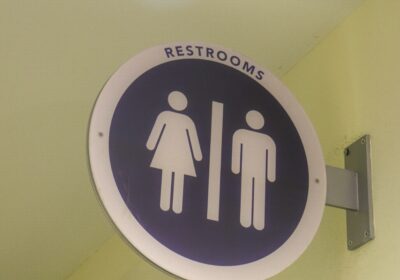EDITORIAL: New rating system should not determine federal aid
President Barack Obama has certainly taken great strides in promoting college affordability. A new plan to reward federal aid to colleges based on ratings measured by the administration, however, lit a fuse among several college presidents throughout the country.
Rating systems themselves are nothing new to colleges and students. Prospective students can use the rating system offered by the U.S. News & World Report, for example, to compare top universities based on factors such as faculty resources, financial resources and undergraduate academic reputation.
However, traditional college rating systems do not determine how the federal government distributes $150 billion in federal loans and grants.
With rising costs of tuition and faltering graduation rates throughout the country, the new plan, announced last fall and anticipated for completion before the 2015-16 school year, is intended to hold schools accountable by making them earn their share of federal aid.
Ideally, it would be worthwhile to rate schools based on student outcomes. In reality, the amount of federal aid a school receives based on results such as graduation rates, student debt and post-graduation earnings, in addition to the amount of students receiving Pell Grants, does not necessarily indicate how well a school or its students perform. Instead, it could potentially punish schools and incoming students based on factors outside of their control.
Many college presidents have been quite blunt in attacking the system for the way it would consider liberal arts programs and students with majors such as social work or education. Providing schools less aid merely because certain disciplines may yield fewer earnings than others only hurts the school’s incoming students and the disciplines themselves. On a larger scale, the rating system only favors fields that lead to higher earnings.
Graduation rates are not a direct explanation of how well a school performs. Rather, they offer a very limited one that does not include all students.
When graduation rates for four-year universities are calculated using a full-year cohort, for instance, students who began part-time, who studied abroad and who transferred to the university are excluded, according to the Integrated Postsecondary Education Data System, a data collection source for universities. The American Council on Education even calculated 61 percent of students at four-year schools are excluded from graduation rates.
If the federal government is going to implement a rating system, it should focus on performance factors such as students’ GPA or how effective the role of faculty members are in student success (the latter of which is measured in U.S. News’ system) during a student’s time in college, and should not determine the amount of federal aid provided.
While the president aims to factor in academic performance by requiring students who receive federal aid to complete a certain amount of classes before renewing, financial aid should not be held as a form of reward or punishment to universities and future students who would be affected by the school’s rating.
Though the rating system is advocated as a way to counter the long-term expense of seeking higher education, a system using such vague, even misleading, indicators should be avoided as a solution.








